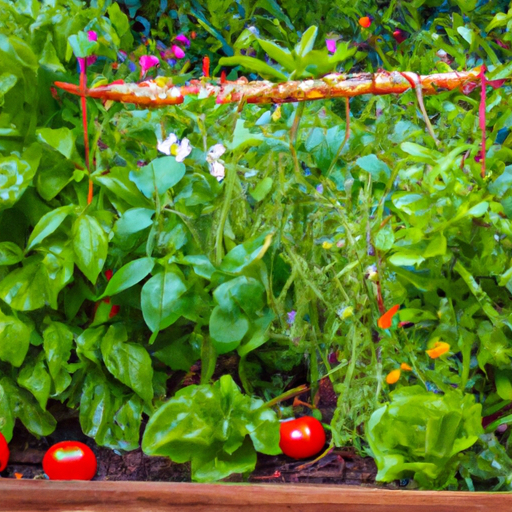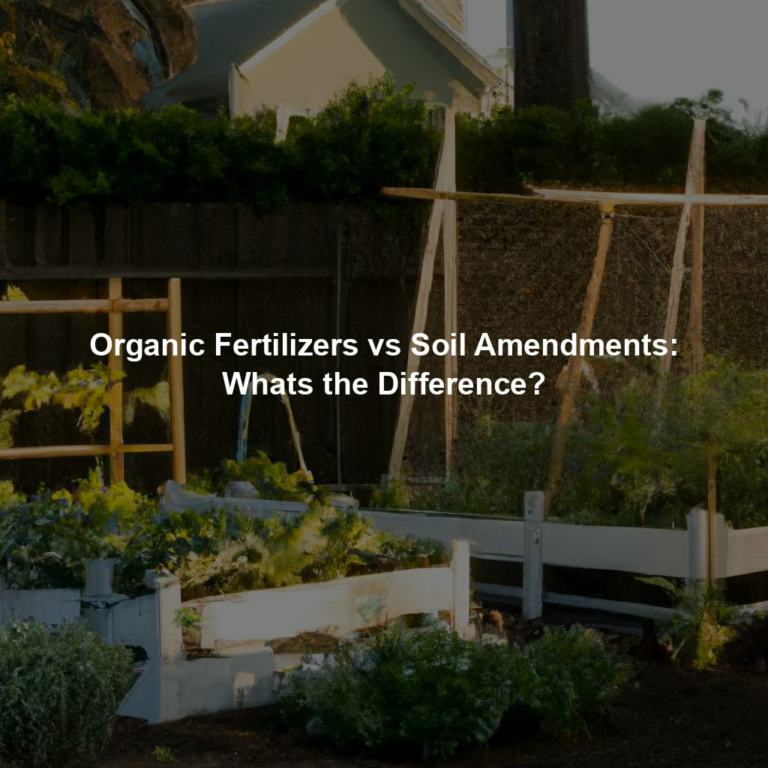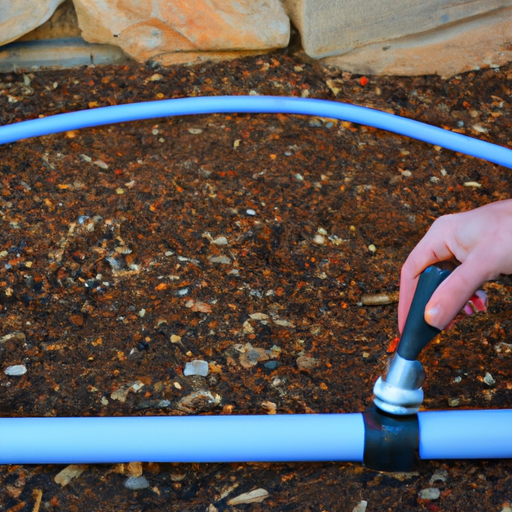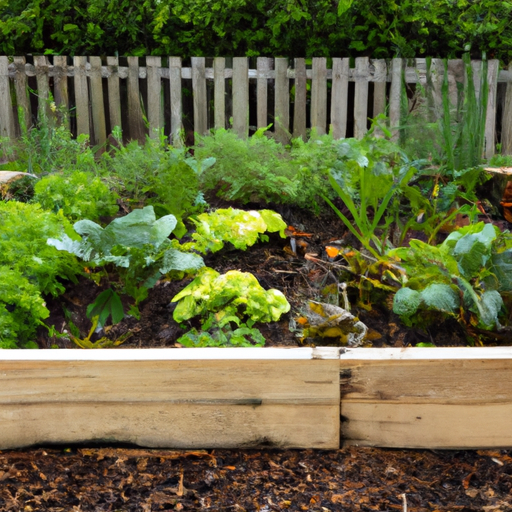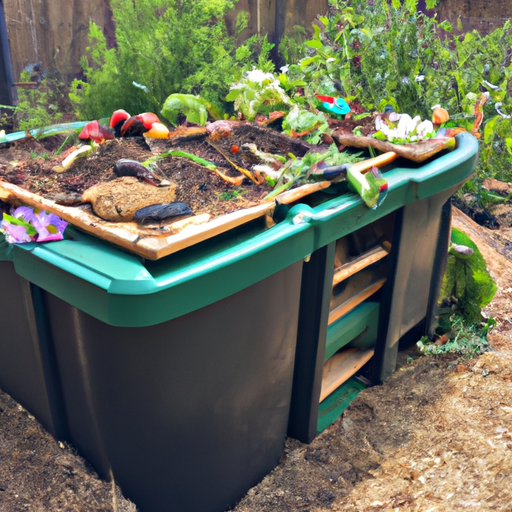Gardening enthusiasts know that there’s nothing more fulfilling than growing your own vegetables and herbs. And what better way to do it than in a raised garden bed?
These elevated structures provide numerous benefits, including improved drainage, better soil quality, and easier access for maintenance.
If you’re new to gardening or looking to expand your repertoire of crops, this article will guide you through the best vegetables and herbs to grow in raised garden beds.
From colorful peppers to fragrant basil, we’ll cover all the essentials so you can enjoy a bountiful harvest year-round.
So grab your gloves and let’s get started on creating your dream edible landscape!
Benefits Of Raised Garden Beds
As a Master Gardener, I highly recommend using raised garden beds for growing vegetables and herbs.
One of the biggest benefits of raised beds is that they allow for better soil preparation. By adding high-quality soil to your raised bed, you can ensure that your plants have all the nutrients they need for healthy growth.
Additionally, raised beds make it easier to install irrigation systems, which are crucial for maintaining proper moisture levels in the soil.
With these advantages in mind, it’s clear that raised garden beds offer a superior gardening experience compared to traditional planting methods.
Choosing The Right Location For Your Garden
When choosing the right location for your raised garden bed, two important factors to consider are sun exposure and soil quality.
Your plants need at least six hours of direct sunlight each day, so choose a spot that gets plenty of sunshine throughout the growing season.
Additionally, make sure the soil in your chosen area is well-draining and has good nutrient content.
Another consideration is proximity to a water source.
You’ll want to be able to easily water your plants without having to carry heavy buckets across your yard.
If possible, locate your garden near a hose or spigot for easy watering.
In summary, when selecting the location for your raised garden bed, pay attention to sun exposure, soil quality, drainage, and proximity to a water source.
By taking these factors into account, you can ensure that your garden thrives and produces an abundance of fresh vegetables and herbs for you and your family to enjoy.
Top Vegetables To Grow In Raised Garden Beds
Now that you’ve chosen the perfect location for your raised garden bed, it’s time to start planning what to plant.
One popular trend in gardening is vertical gardening, which allows you to maximize space by growing plants upwards instead of outwards. This technique is especially useful for small gardens or those with limited space.
Another important aspect of successful gardening is companion planting, where certain plants are grown together because they benefit each other in some way, such as repelling pests or improving soil quality.
When it comes to choosing what vegetables and herbs to grow in your raised garden bed, there are plenty of options that work well with both vertical gardening and companion planting techniques.
Some top choices include tomatoes, beans, peas, cucumbers, lettuce, basil, parsley, and chives.
By incorporating these plants into your raised garden bed using smart planting strategies like vertical gardening and companion planting, you can ensure a bountiful harvest and a beautiful garden all season long without taking up too much precious real estate.
Essential Herbs For Your Garden
As a Master Gardener, I believe that an herb garden is essential for any raised bed.
Just as a conductor needs every instrument to create beautiful music, your garden needs herbs to reach its full potential.
Companion planting with medicinal and culinary herbs can help deter pests and improve the growth of neighboring vegetables.
Container gardening is also a great option for limited space or mobility.
When selecting herbs, consider ones with multiple uses such as mint, which can be used in both tea and cooking.
Don’t forget about the power of herbal remedies!
Chamomile and lavender are excellent choices for calming teas or homemade salves.
By incorporating essential herbs into your raised garden bed, you’ll not only have fresh ingredients at arm’s reach but also add depth to your gardening experience.
Tips For Maintaining Your Raised Garden Bed
As a Master Gardener, it’s important to not only know which vegetables and herbs thrive in raised garden beds but also how to maintain them.
One crucial aspect of maintenance is watering techniques; you’ll want to make sure your plants receive the proper amount of water without drowning their roots or causing mold growth.
A drip irrigation system can be a great option for keeping soil consistently moist while reducing the risk of overwatering.
On the topic of pests, prevention is key. Regularly inspect your plants for signs of infestation and use natural pest control methods such as companion planting or introducing predatory insects like ladybugs.
In cases where an infestation has already occurred, consider using organic pesticides that won’t harm beneficial insects or pollinators.
By staying vigilant with watering and pest management, you can ensure that your raised garden bed remains productive and healthy throughout the growing season.
Frequently Asked Questions
How Deep Should A Raised Garden Bed Be?
When it comes to building a raised garden bed, one of the most important considerations is the depth. The benefits of deep raised garden beds versus shallow ones are numerous.
For starters, deeper beds are better equipped to retain moisture and nutrients, which can be especially helpful during dry spells or when growing plants that have high water needs.
Additionally, deeper beds provide more room for root growth, allowing your plants to establish stronger root systems and ultimately produce healthier foliage and more bountiful harvests.
When it comes to materials for building raised garden beds, there are many options available. Some popular choices include cedar planks, composite decking boards, treated lumber (although this may not be ideal if you plan on growing edibles), and even repurposed pallets or cinder blocks.
Ultimately, the choice will depend on factors such as cost, durability, aesthetics, and accessibility. As a Master Gardener, I always recommend taking the time to research your options carefully before diving in – after all, investing in a solid foundation now can mean years of successful gardening ahead!
Can Raised Garden Beds Be Used For Growing Fruit Trees?
Ah, the joys of raising fruit trees in your very own garden! Imagine plucking a juicy peach right off its branch or biting into a crisp apple that you grew yourself.
But can raised garden beds be used for growing these tasty treats? As Master Gardeners, we must weigh the pros and cons. While raised beds provide excellent drainage and prevent soil compaction, they may not offer enough depth for some fruit tree roots to spread out. Additionally, smaller varieties of fruit trees may thrive in these elevated environments while larger ones could become stunted due to limited space.
So before embarking on this fruity venture, consider the specific needs of your desired fruit tree and ensure it will flourish in a raised bed setting.
Do I Need To Use Special Soil In My Raised Garden Bed?
If you’re wondering whether or not to use special soil in your raised garden bed, the answer is yes!
The benefits of using a high-quality gardening mix are numerous.
It provides ample nutrients for your crops and allows for proper drainage while retaining moisture.
Alternatives like regular potting soil or backyard dirt won’t suffice as they can compact easily and lack the necessary nutrients needed for optimal growth.
As a Master Gardener, I highly recommend investing in quality soil to ensure success in your gardening endeavors.
Can I Grow Root Vegetables In A Raised Garden Bed?
Growing root vegetable varieties in raised garden beds is definitely possible, as long as you take into account ideal soil conditions.
Root vegetables like carrots and beets need loose, well-draining soil that doesn’t have any rocks or clumps to impede their growth.
In a raised bed, you can easily control the quality of your soil by filling it with a mix of compost, peat moss, and vermiculite.
This will create the perfect environment for your root vegetables to thrive.
Just make sure to keep an eye on moisture levels and avoid overwatering, which could lead to rotting roots.
Overall, growing root veggies in a raised garden bed is a great way to maximize space while still getting delicious harvests!
How Often Should I Water My Raised Garden Bed?
When it comes to maintaining a raised garden bed, one of the most important aspects is watering frequency.
The amount and frequency of watering depend on several factors, such as the climate in your area, soil type, and plant species.
To determine when to water your plants, you can use various methods like checking the soil moisture level with a soil moisture meter or observing the appearance of leaves.
Generally, raised beds require more frequent watering than traditional gardens due to their drainage system that allows for faster evaporation.
However, it’s essential not to overwater your plants as this can lead to root rot and other diseases.
A good rule of thumb is to water deeply once a week rather than shallowly every day.
Remember that consistent watering will help ensure healthy growth and yield for your plants!
Conclusion
In conclusion, my dear fellow gardeners, the raised garden bed is a vessel of potential growth and nourishment. It serves as a blank canvas for us to paint with our green thumbs and cultivate a bounty of nature’s gifts. But like any canvas, it requires careful preparation and attention to detail.
As Master Gardeners, we must remember that the depth of knowledge and experience we bring to our gardens will determine the depth of their roots and reach. With the right soil, water, and care, even fruit trees can thrive in these elevated environments. And let us not forget the humble root vegetables that can flourish just as well in this setup.
So let us approach each raised garden bed with intentionality and reverence for what it can become. Let us sow seeds not only of plants but also of patience and diligence.
For in tending to these small plots of land, we are cultivating much more than mere produce; we are sowing seeds of hope and abundance for ourselves and future generations.
